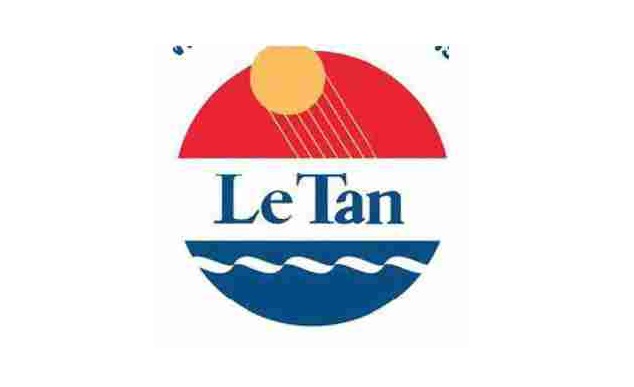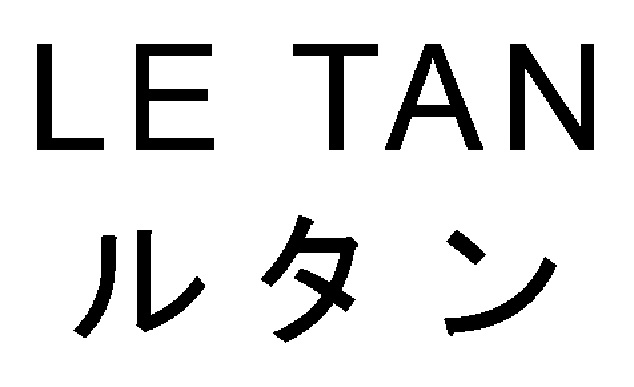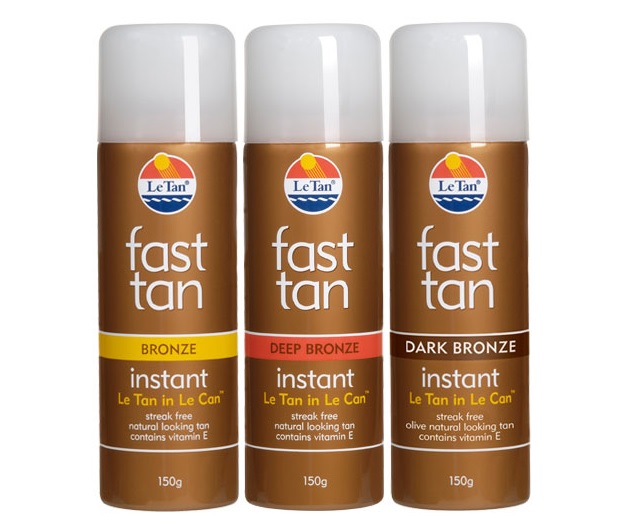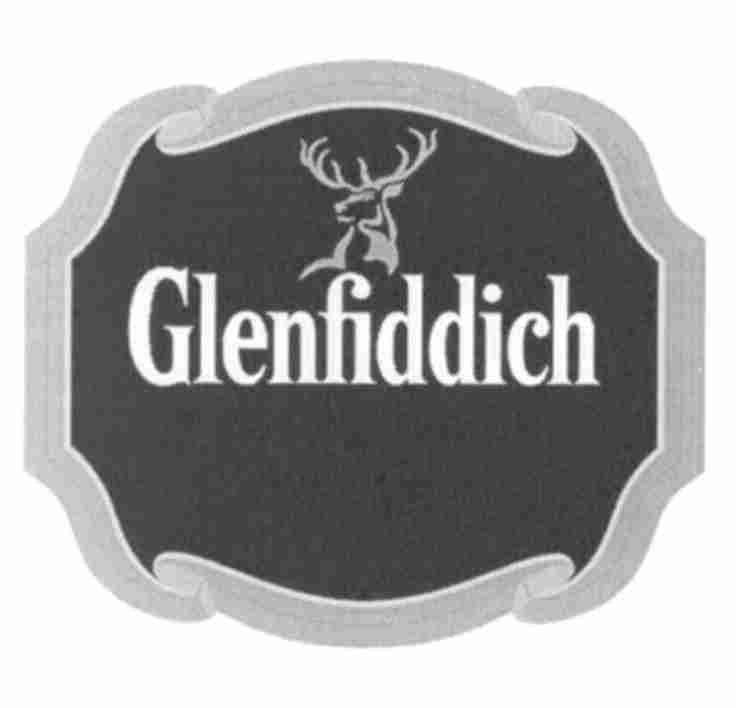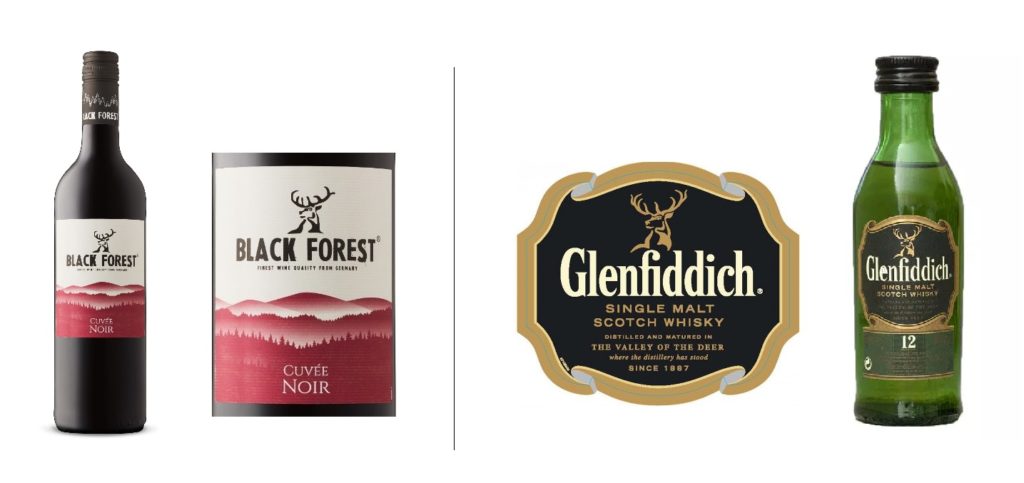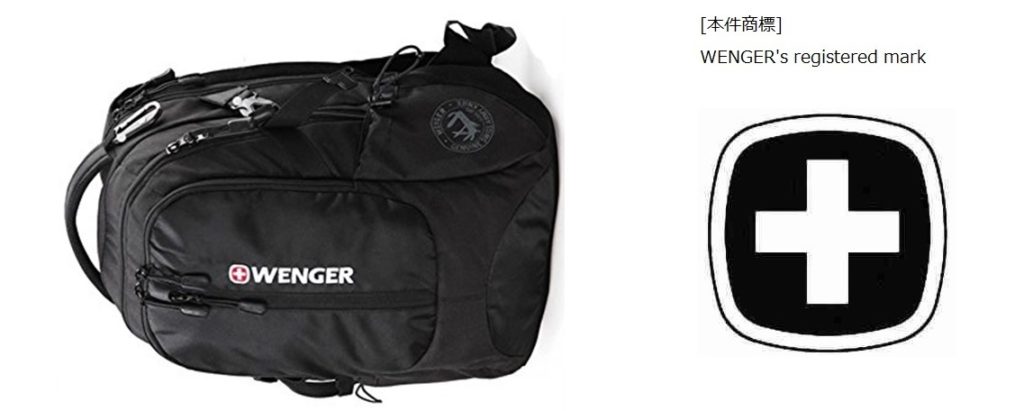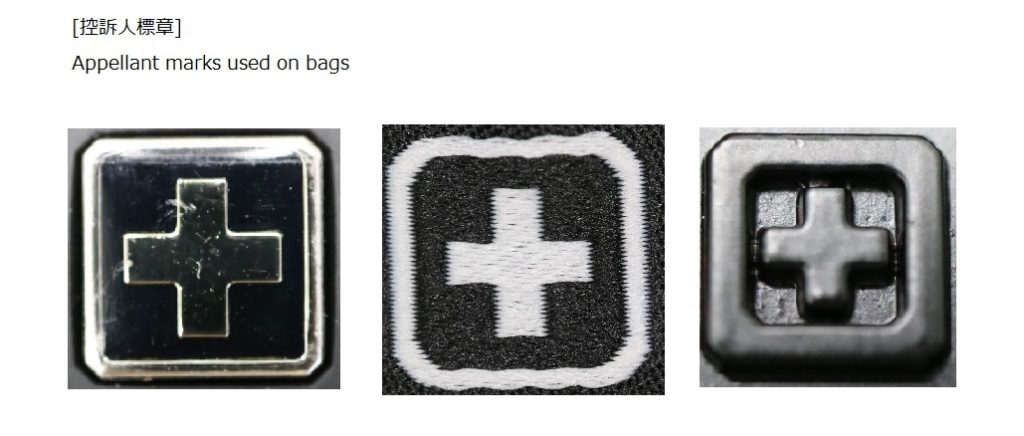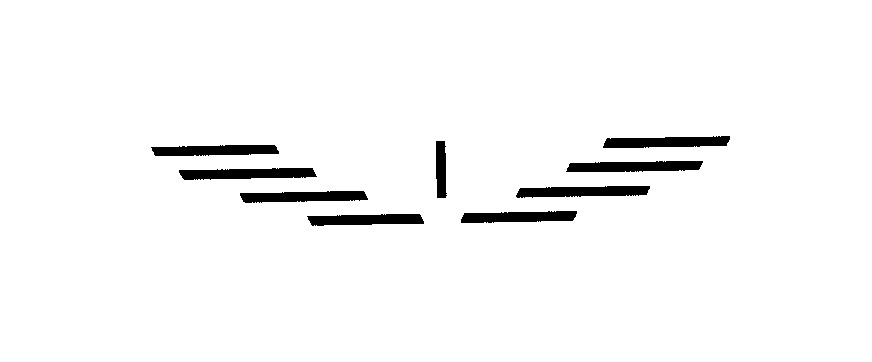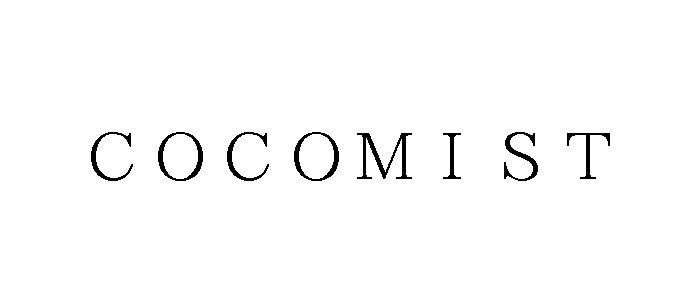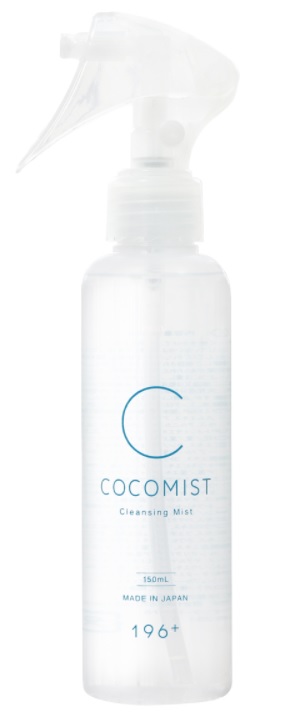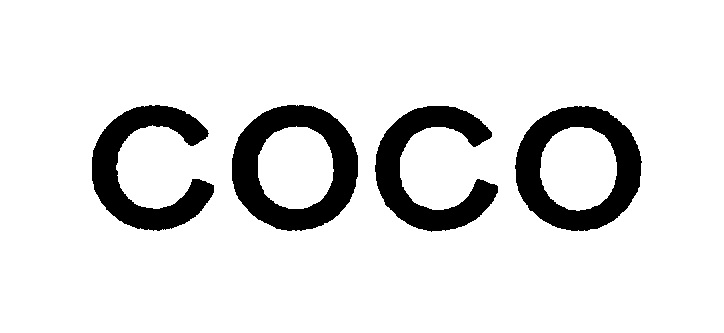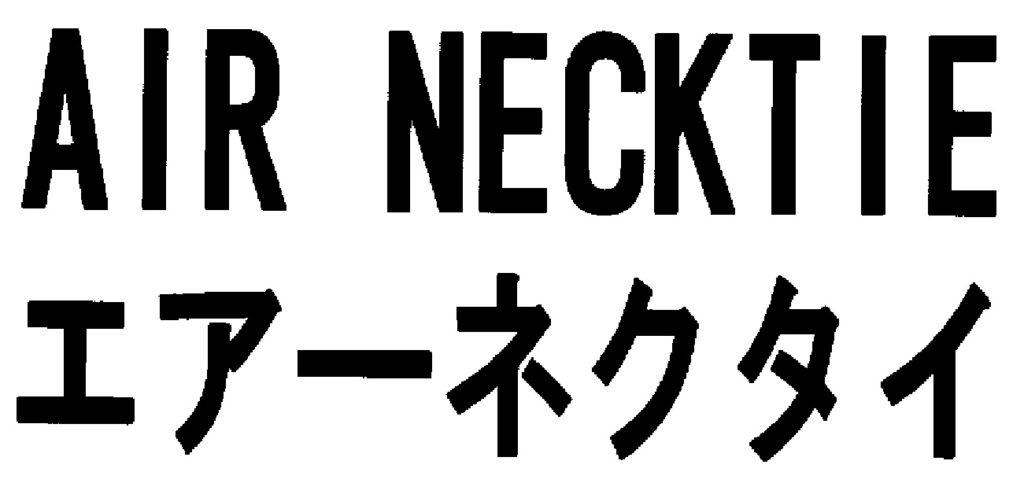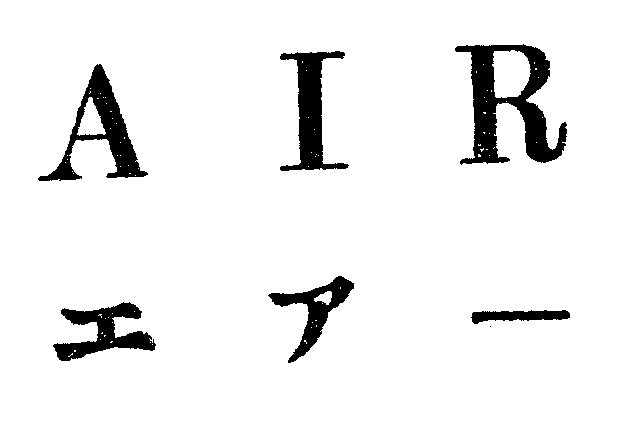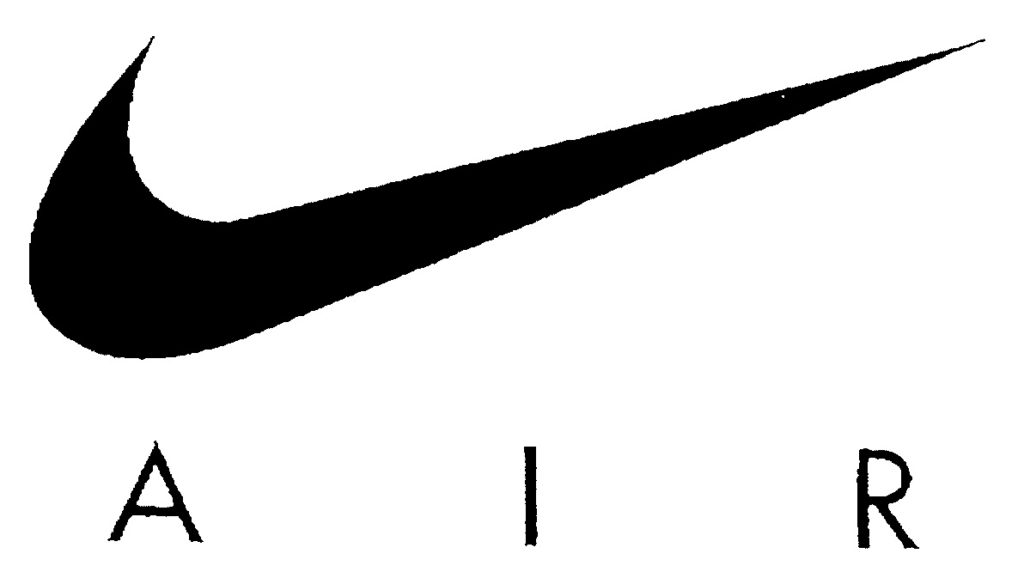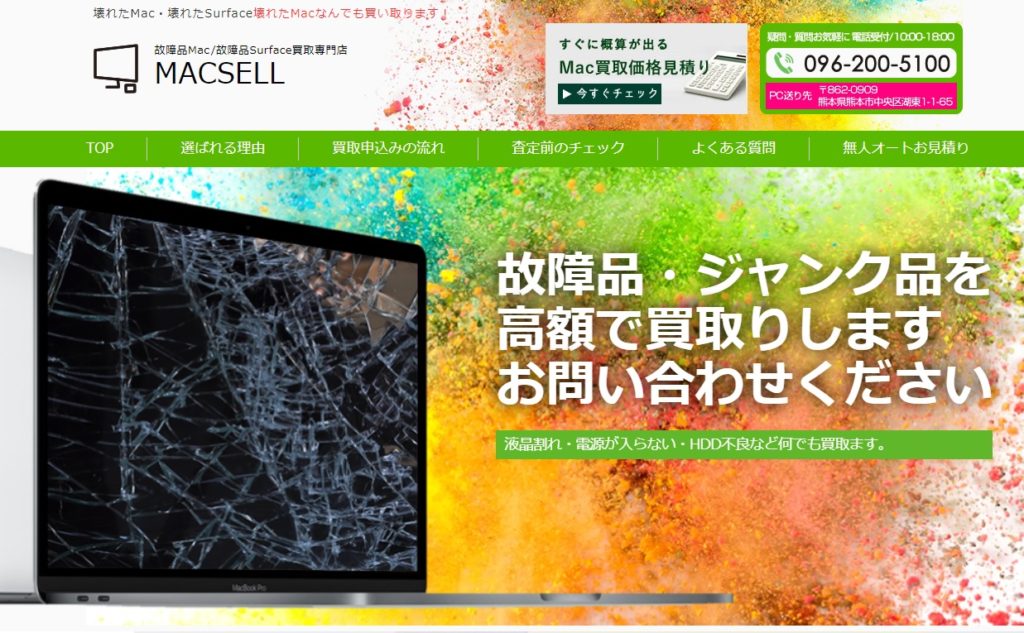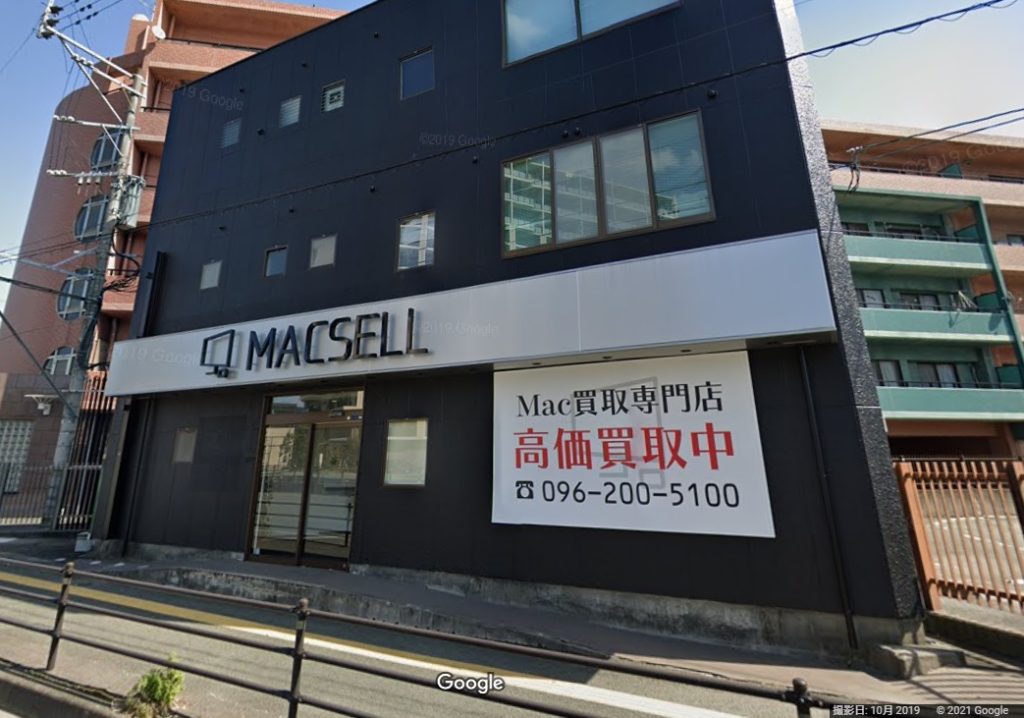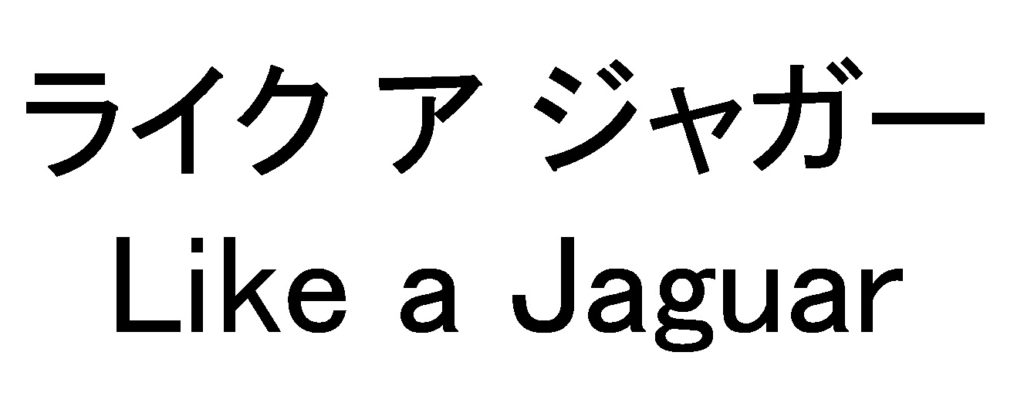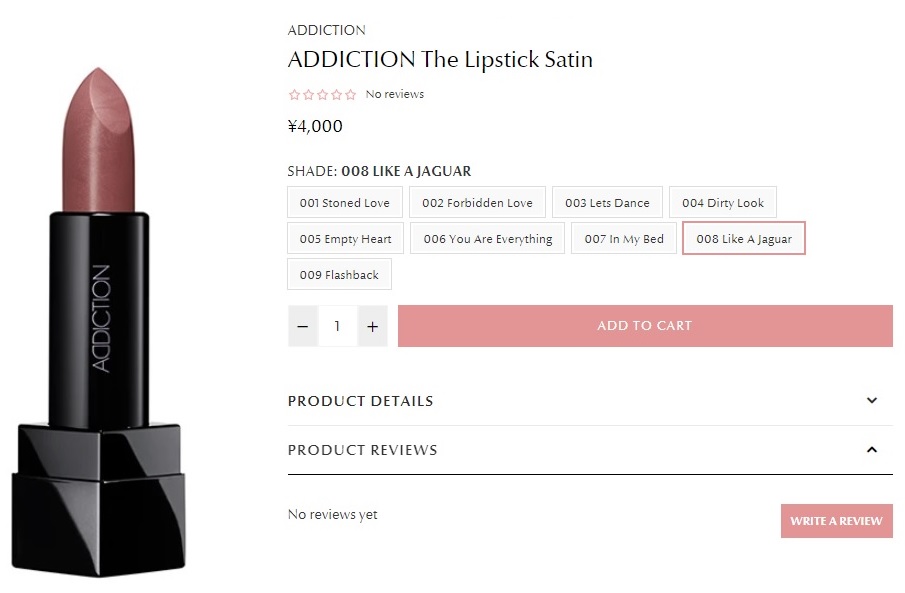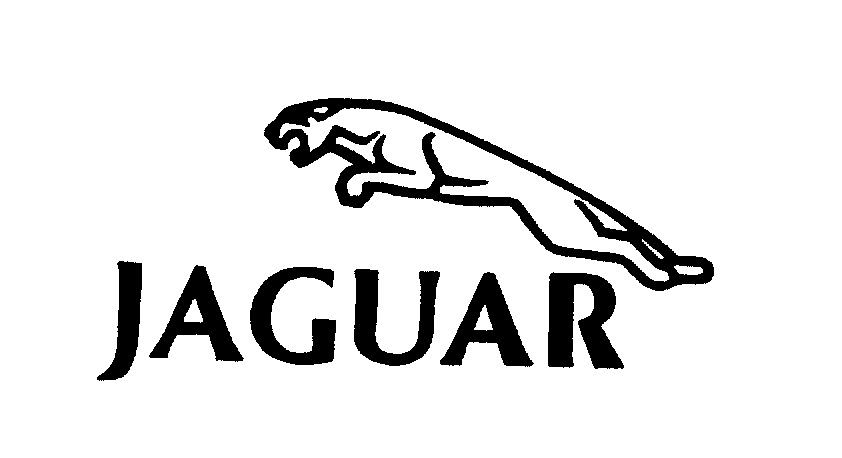In a recent administrative decision, the Appeal Board of the Japan Patent Office (JPO) disaffirmed the examiner’s refusal and found “Panetteria ARIETTA” and “ARIETTA” are dissimilar by virtue of distinctiveness of the term “Panetteria.”
[Appeal case no. 2020-9688, Gazette issued date: May 28, 2021]Panetteria ARIETTA
FOOD ENGINEERING DESIGN INC., a Japanese commercial bakery and restaurant, filed a trademark registration for word mark consisting of the term “Panetteria ARIETTA” in a gothic type and its transliteration written in a Japanese katakana character (see below) for use on confectionery and bread in class 30 and restaurant service in class 43 on January 15, 2019 [TM App no. 2019-8176].
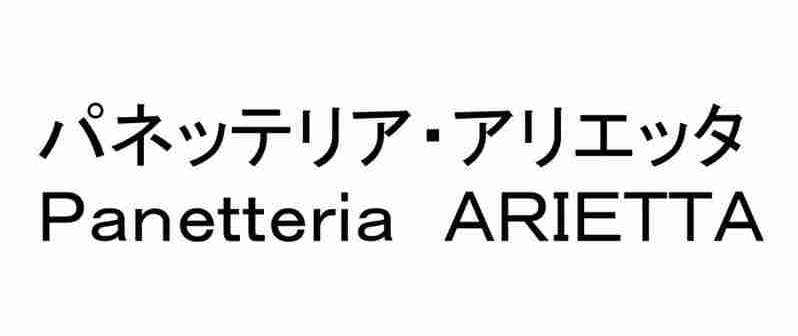
The applicant has used the applied mark as a shop name on bakeries located in Tokyo.
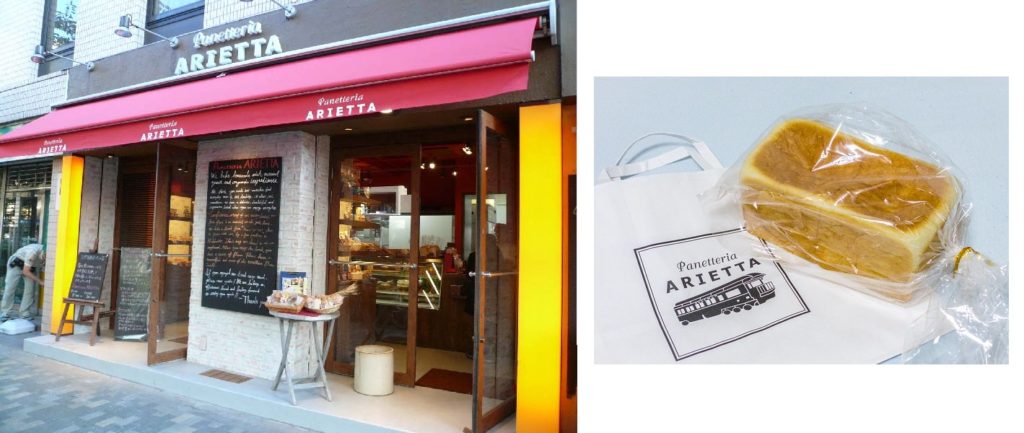
ARIETTA
The JPO examiner raised her objection on the ground that the applied mark is deemed similar to senior trademark registration no. 5106118 for word mark consisting of the term “ARIETTA” and its transliteration written in a Japanese katakana character (see below) on restaurants and other services in class 43.
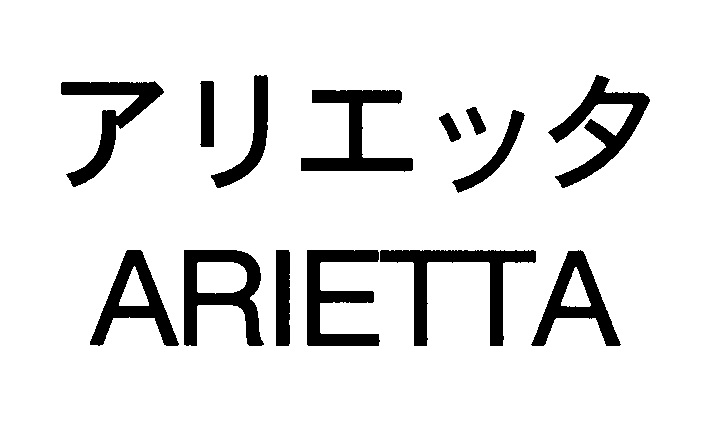
In the refusal decision dated May 7, 2020, the examiner asserted the term “Panetteria” is an Italian word meaning ‘bakery’ and thus lacks distinctiveness in relation to bread and restaurant service. If so, other term “ARIETTA” of the applied mark would play a dominant role of its source indicator. Accordingly, the examiner rejected the applied mark in contravention of Article 4(1)(xi) of the Japan Trademark Law.
The applicant filed an appeal against the refusal on July 10, 2020.
JPO Appeal Board decision
The Appeal Board questioned whether an Italian word “Panetteria” is commonly used as a descriptive indication in relation to restaurant service in Japan. The Board found the term as well as its meaning is not familiar among the general public. Under the circumstance, the examiner errored in assessing distinctiveness of the word. A mere fact that the term “Panetteria” appears in an Italian language dictionary is insufficient to conclude a portion of the term “ARIETTA” per se plays a role of source indicator of the applied mark.
Provided that relevant consumers would not conceive any specific meaning from the term “Panetteria”, the Board held the applied mark “Panetteria ARIETTA” and cited mark “ARIETTA” are obviously dissimilar as a whole from visual, phonetic, and conceptual points of view.
Based on the foregoing, the JPO Appeal Board disaffirmed the examiner’s rejection and decided to register the applied mark accordingly.

